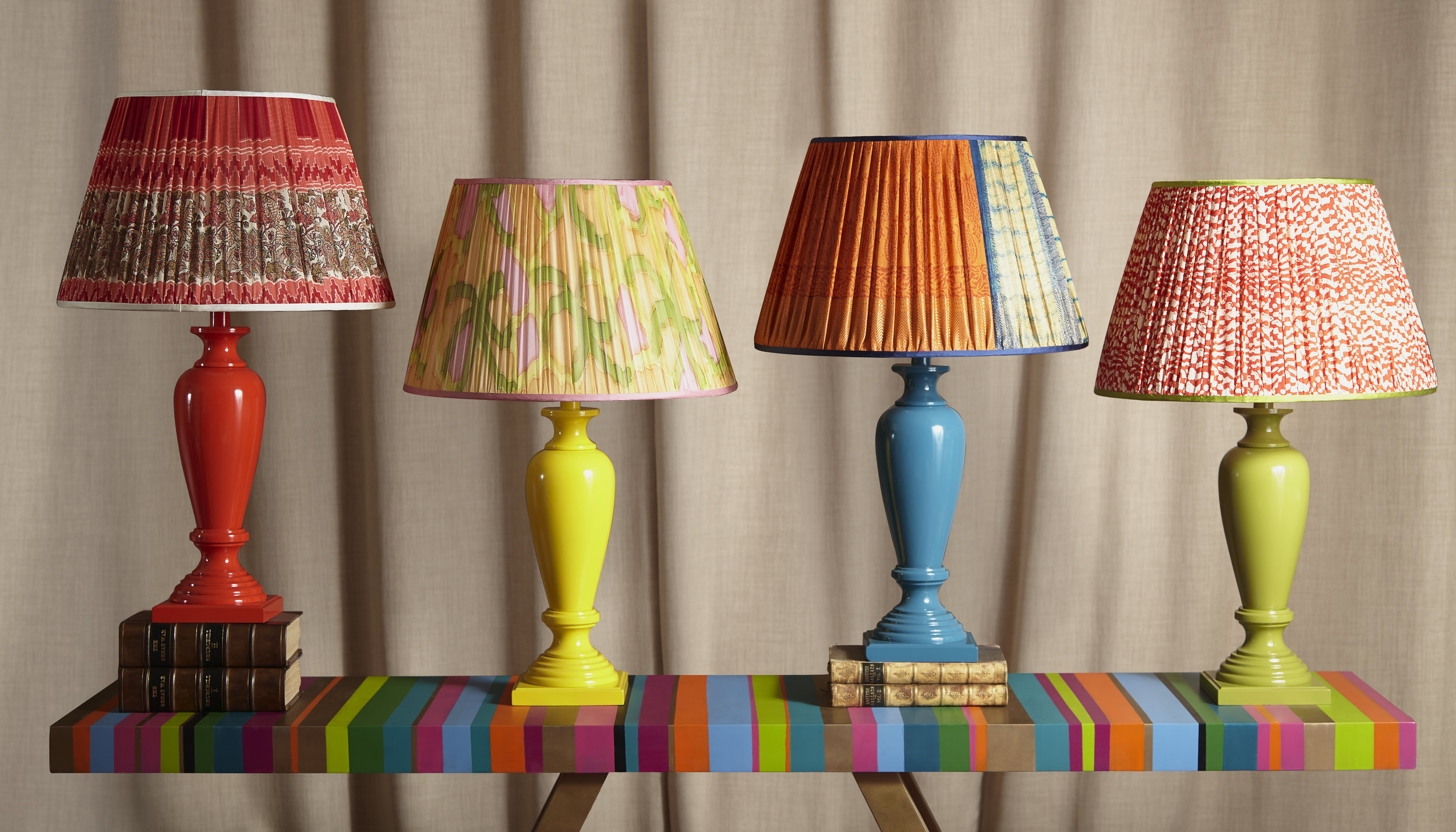Sustainable Storytelling
Exploring the Narratives Behind What You Buy
Conscious Consumers
Knowing the narrative behind what you buy is becoming more relevant as consumers become increasingly more conscious - about time too! Fostering a connection with your audience and building trust through a narrative that matters creates inspiration and hope for the future. This attention towards the future is so critical today. Storytelling has the ability to educate consumers and encourage sustainable living. Through this meaningful narrative, new levels of understanding surrounding the process and materials used is gained. This allows sustainable goals to be put forth, with a stronger likelihood of them being achieved and circular design being put into practise.
Becoming Connected
The shocking truths surrounding climate change are all too often put to one side, in order to follow the quick and easy pathway of bringing mass produced products, lacking in any story to consumers, fast, and without much consideration. However, designers have the opportunity to stop these problems getting worse than they already are, by selecting materials carefully and bringing products to the market that protect rather than endanger the environment. Design is not labelled like food, which means we need to know the history of what we’re designing and become more connected with how it relates to us as both the designers and consumers.
Knowing Your Entire Supply Chains
At Kelling Designs, we have recently over-viewed our entire process, questioning all of our suppliers about their sustainable strategies. We are implementing changes into all aspects of our practise, from the production and selection right through to the installation of projects. This includes reviewing our choice of packaging, transport, waste and recycling. If designers can readily use more organic materials and recycled textiles then this would contribute to sustainable development. Therefore knowing the entire supply chain and their ethical standards is of the utmost importance to us. If suppliers and designers can become more efficient in their resources, the environmental impact can be lessened whilst the interest in sustainable design becomes more prevalent with consumers.
A Call for Regenerative Action
Designers have the ability to make Innovative creations that are regenerative. We should all be trying to create upcycled magic, showcasing products made with love and that tell a story of where they came from and highlight the hands who made them. At Kelling Designs, we are only at the beginning of our journey into a sustainable future. Our Empire lampshades are already one of our top selling products, being an example of ethical design as they re-tell a story. These individual gathered shades are made using a selection of bright and beautiful saris from women in India. This creates a connection between women across the world, from the women who wore the saris to the women in Norfolk making them. We wish to further explore the stories behind our fabrics and I write this hoping as an industry, we will give time to focus on the story behind what we use in each individual home. So I will leave you with the following mantra Recycle, Reuse, Reimagine as we bring in a new chapter to interior design.




